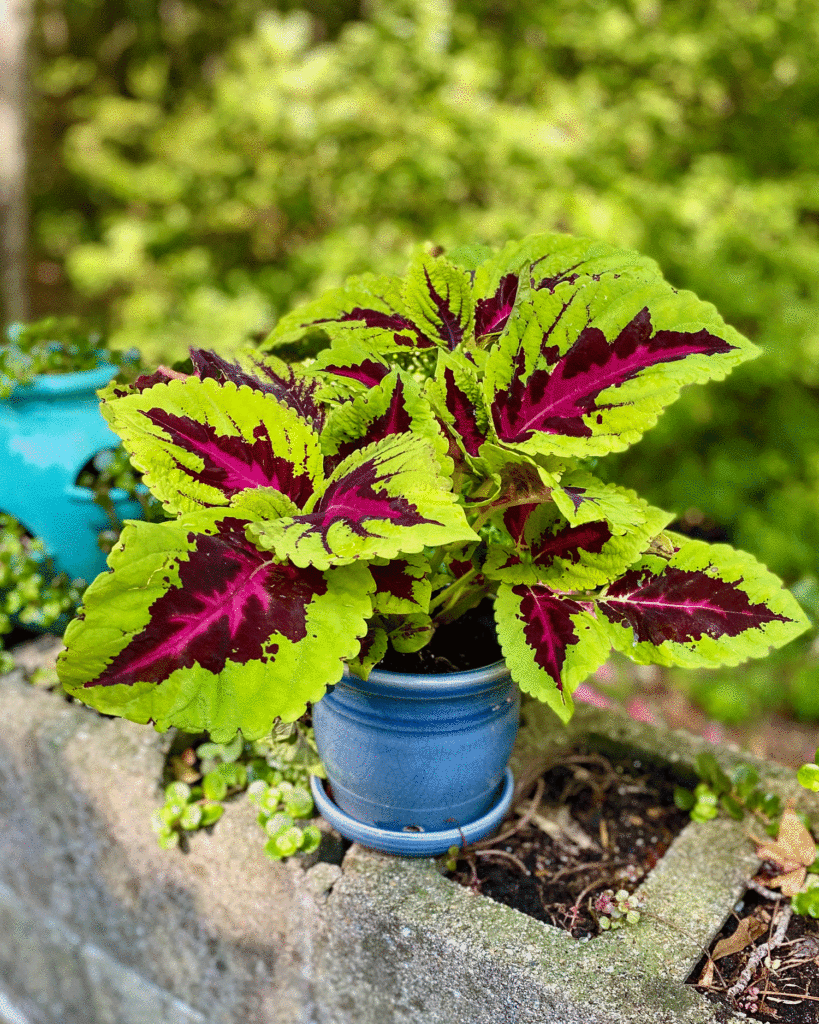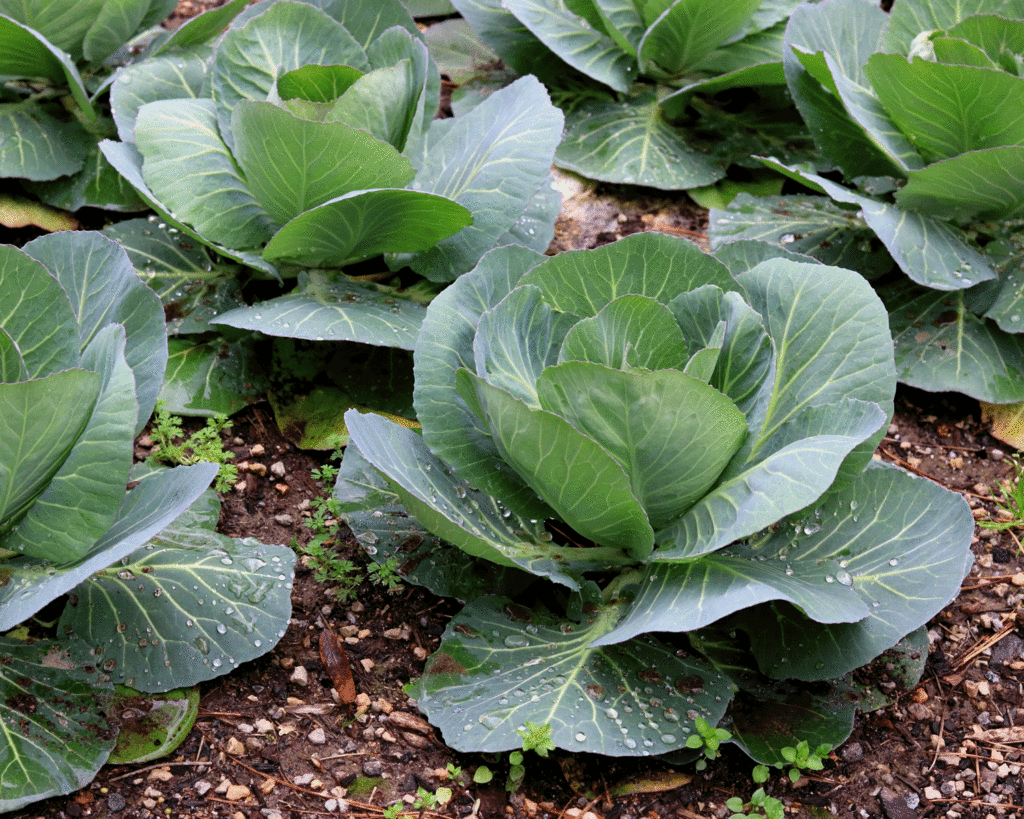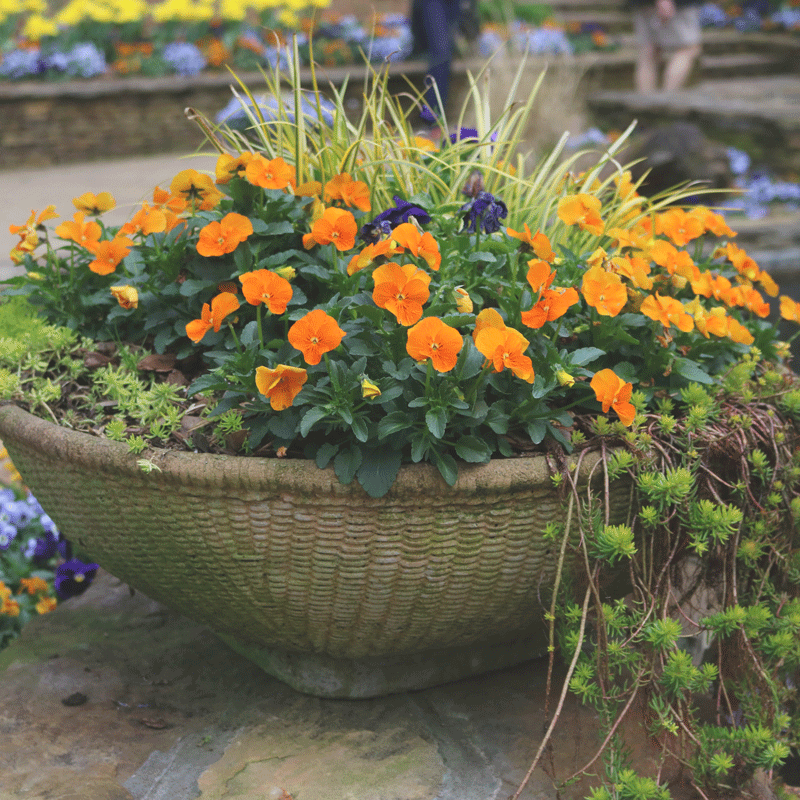Fall is the best time to plant anything, or at least, most things. Autumn’s cool nights and warm days give a fall garden the best start. Without excess heat stress, plants can focus energy on growing roots and getting strong
Pansies
Fall annuals will give you lots of bang for the buck right up until frost: pansies (and their spunky little sisters, violas) are the classic choice, and irresistible in shades of purple, burgundy, yellow and orange. Pansies handle lows down to 26 degrees Fahrenheit with ease. If we have a mild winter, my pansies will return again in spring. They may start out a little bedraggled, but with a good trim and a top dressing of compost, they’re ready to rock and roll through early spring. (Until the temperatures hit the 80s, then they fade fast.)

Coleus
Do you grow coleus? Sure, it’s an annual, but plant it in late summer and you’ll enjoy bold colorful foliage until first frost. (That’s on or about November 13) You can’t miss with coleus’ colors. The rich coppers, cinnamons and burgundies with bolts of lime hit just the right note in fall mixed containers and mass plantings.
Coleus won’t survive a frost, but you can pinch cuttings and root them in a glass jar filled with water and placed in a sunny windowsill through the winter. If you have a room with very bright light, you can try bringing in coleus and nursing it through winter.

For many folks, a fall vegetable garden is the best part of late season gardening. The tomatoes, beans and corn are over, but it’s not the end of good, fresh homegrown produce. In fact, some argue that fall is the beginning of the best season in the vegetable garden.
Big plusses for fall gardeners are more rainfall, moderate temperatures and fewer bugs.

4 Vegetables to Plant in Your Fall Garden
- Garlic. Get garlic in the ground (or container) in September for harvesting the following spring. Garlic needs full sun and well-drained soil. Amend your good garden soil with plenty of organic compost before planting. Plant garlic cloves one to three inches deep and six inches apart in trenches. As winter approaches, give garlic a blanket of mulch for protection during the coldest weather.
- Collard Greens. Collards from seed take 60 to 85 days to maturity, but seedlings are readily available. Get them in the garden this month and you’ll have a harvest before October 1. Keep the plants producing through the first frost, though, because collards, like a lot of brassicas, are sweeter after a frost when cold temps turn plant starches into sugars. Give collards full sun and rich, organic soil.
- Chard, spinach and lettuce. Tender greens and lettuces produce like crazy with warm days and cool nights. Sow from seed or seedling, enjoy the harvest for salads, sautés and stir-fries. Plant seeds in beds once a week for a month and enjoy a succession of tender greens.
- Carrots and radishes. The thing about carrots is that their greens are almost as tasty as their roots, and they look pretty smart as a border in the garden. The same goes for radishes. These tasty starter vegetables love cool nights. Give them full sun and rich, friable organic soil. Just thumb seeds in the ground and cover with a light layer of soil to start.

Herbs in the Fall Garden
Fall is a great season for herbs like thyme and parsley. I plant herbs in most seasons, and fall is especially nice for herb growing. When I cook warming soups and stews, I go to the herb garden for sprigs and leaves that will add depth of flavor to my kitchen creations. Thyme always grows well in my garden and lemon thyme is the variety most readily available.
Food media promotes flat-leaf parsley over curly. Honestly, the flavor of flat leaf parsley is the same to me as the curly variety. And the curly variety is a far superior garden plant. Where flat leaf parsley grows into a mass and flops like a ragged-out mop onto the ground, curly parsley grows into an emerald colored mound, making a lovely edging for the flower bed. It’s a biennial, so you only get the good looks for about a season and a half, but it’s easy to replace instead. Also, pollinators love parsley.
Author’s Note
My local newspaper’s Master Gardener column featured a version of this story in September 2019.
What Are You Growing in Your Fall Garden?
Let’s talk about gardening and more on Instagram and Facebook. You can comment here, too. I’d love to hear from you!



Leave a Comment